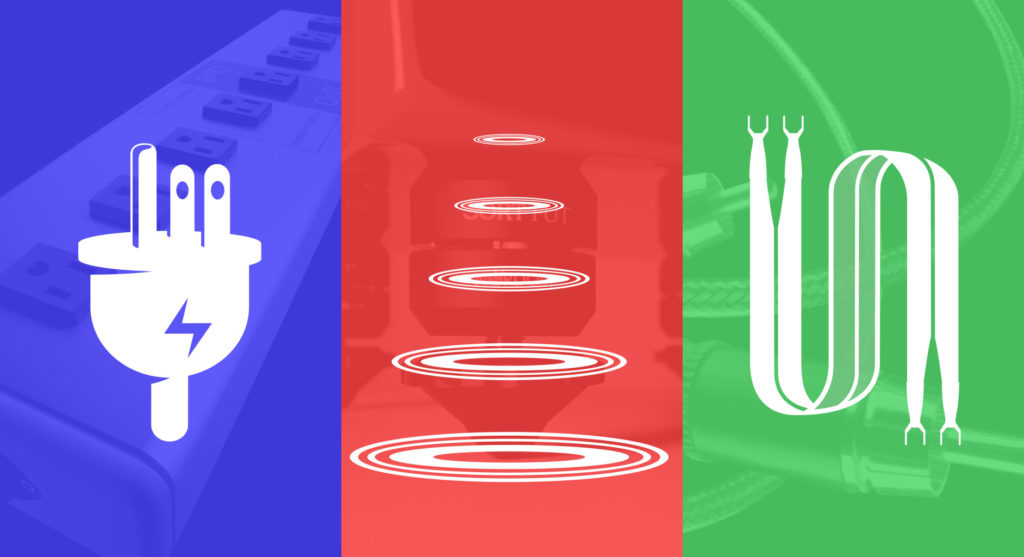
If you have followed the Nordost blog, seen a Nordost ad or are familiar with any of our other written materials, this phrase (or a similar iteration of this phrase) should ring a bell: Discover the full potential of your sound system. But what does that really mean?
Many times people will buy expensive components and loudspeakers, and then upgrade those same components and loudspeakers, all without truly experiencing the full effects of their purchases. There are 3 major factors needed to achieve the intended performance levels of your hifi equipment. Unfortunately, until these 3 areas are addressed you will never reach your systems full potential, nor will you be able to accurately identify what needs to be improved.
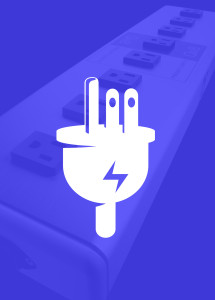 1) AC Power
1) AC Power
The AC current that comes into your wall makes a huge impact on the performance of a hifi system. This is the energy that feeds each of your components and has a big hand in the integrity of the music produced. Although trying to control the quality of current that has been running through miles of wire before reaching your listening room may seem fruitless, there are a number of elements you can control to “clean up” your AC line and give your devices the chance to run properly.
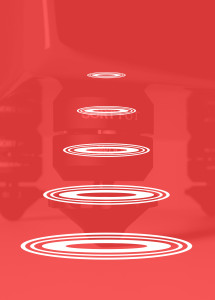
2) System Supports
For years, the popular train of thought was that components and loudspeakers had to be “isolated” from the damaging effects of the outside world. However, this just doesn’t hold true. All devices that either pass or create energy vibrate. Unnecessary vibration is detrimental to sound quality. Therefore it would stand to reason that in order to achieve better sound, one must dispel this extraneous energy.
Supports that provide a mechanical ground path for energy dispersion are a must. Supports are useful for virtually every element in your sound system: components, loudspeakers, power conditioners, distribution blocks and even cables. Remember, the larger the component, the more power involved; the more power involved, the bigger the problem.
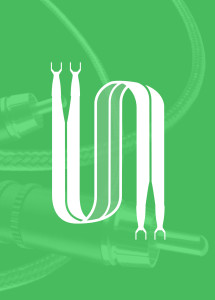
3) Cabling
People spend a lot of time and resources finding and buying the best components for their systems. But all of the work that those devices do can be lost in even the smallest runs of substandard cabling. Cables are a necessary evil in the hifi world. Without them there would be no sound, but it is impossible to find a cable that adds to the quality of music passed through it. Even the best cable manufacturers have to try to do the least amount of damage possible to the delicate signals their products transfer from one device to another. When they succeed, the difference is staggering.
These three often overlooked aspects of hifi make up what Nordost likes to call the “foundation of great sound”. For more information, including tips on improving your AC supply, equipment supports, and of course cabling, refer to Nordost’s “Foundation Theory: Beginners Guide to Building a Better System” here:


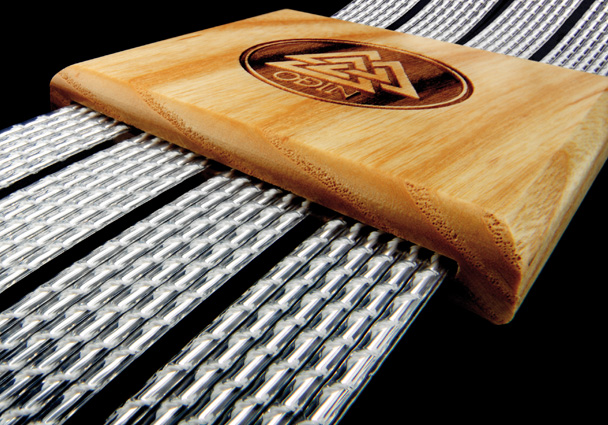
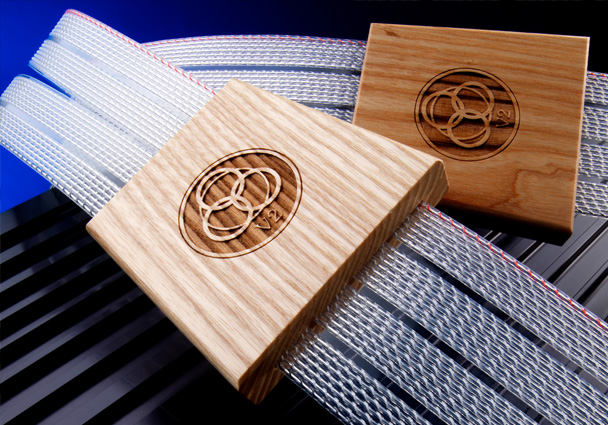
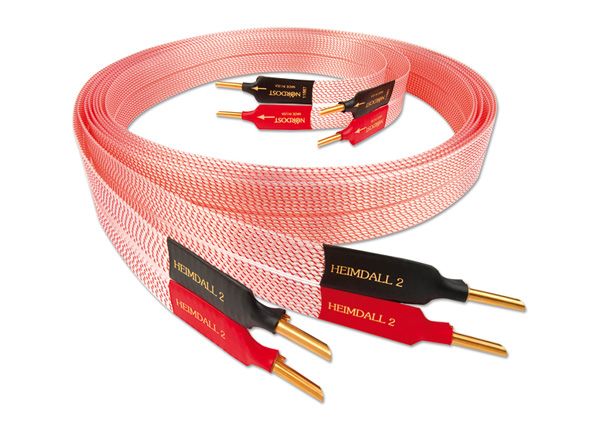
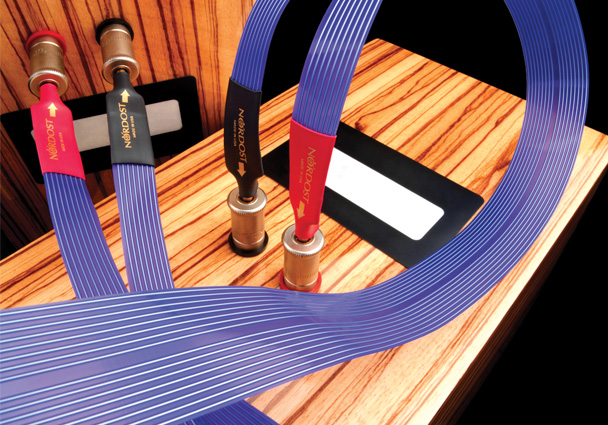
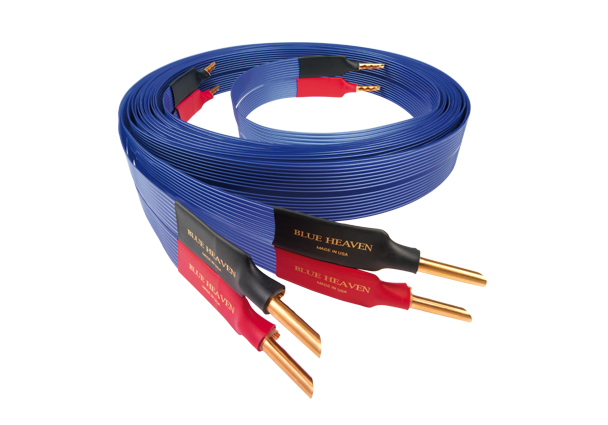
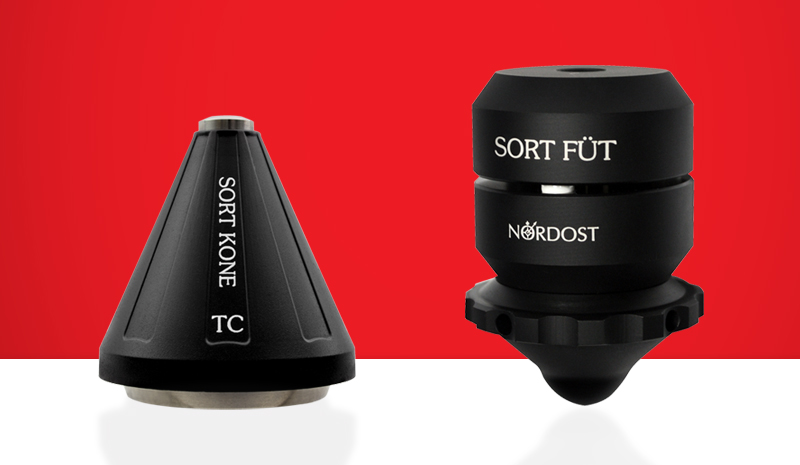

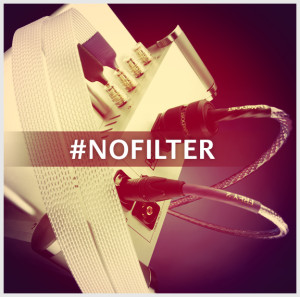
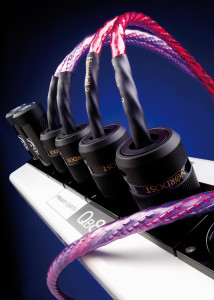 electricity to the equipment. By simply upgrading the AC cable in your set up, the audible difference is remarkable. Unlike other cables, a power cord does not transmit a signal: It conducts AC power. The success of this cable is gauged by its capacity to deliver a sturdy, instantaneous current as well as its ability to reduce the effects of electromagnetic interference (EMI) and radio frequencies (RF) coming from outside sources. A poorly constructed AC cord will actually attract EMI and RF, or noise, to your current, affectively polluting the raw material feeding your system and raising the source impedance of the AC supply. An optimally built power cord, on the other hand, is designed to be less prone to, and reduce, any EMI and RF influences resulting in a faster rise time in the 50/60 Hz cycle. For the Nordost solution, see our website to learn more about our
electricity to the equipment. By simply upgrading the AC cable in your set up, the audible difference is remarkable. Unlike other cables, a power cord does not transmit a signal: It conducts AC power. The success of this cable is gauged by its capacity to deliver a sturdy, instantaneous current as well as its ability to reduce the effects of electromagnetic interference (EMI) and radio frequencies (RF) coming from outside sources. A poorly constructed AC cord will actually attract EMI and RF, or noise, to your current, affectively polluting the raw material feeding your system and raising the source impedance of the AC supply. An optimally built power cord, on the other hand, is designed to be less prone to, and reduce, any EMI and RF influences resulting in a faster rise time in the 50/60 Hz cycle. For the Nordost solution, see our website to learn more about our